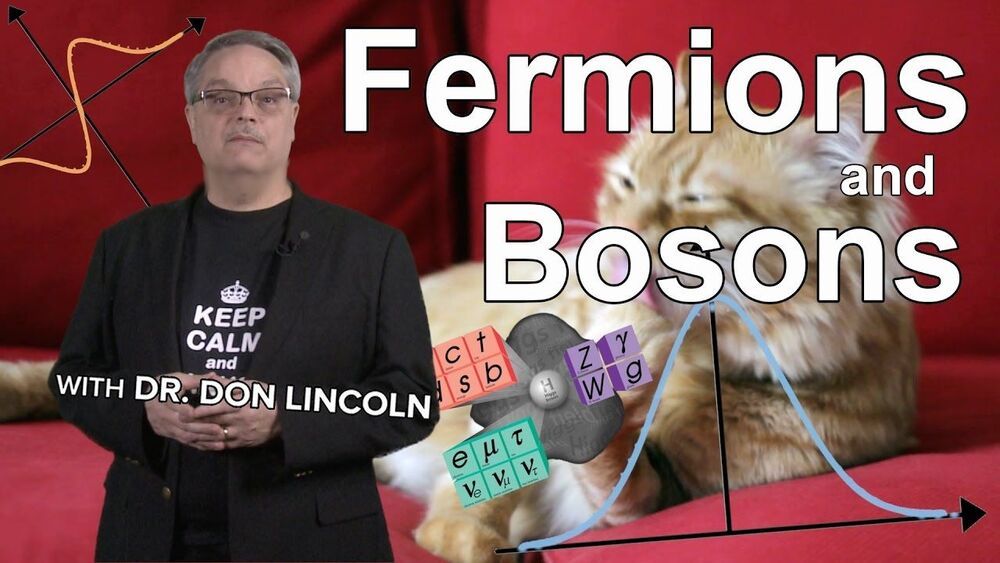A force is something which tends to change the state of rest or state of motion, or size, shape, the direction of motion of a body, etc… There are four fundamental forces: gravitational, electromagnetic, strong nuclear and weak nuclear forces. These forces are responsible for all possible interactions that can take place in this universe, from planets orbiting a star to protons and neutrons confined in the nucleus of an atom. In classical physics, the assumption was that an imaginary field exists, through which a force can be transmitted. But with the advent of quantum mechanics, this idea was changed radically. A field exists, but that is a quantum field. The field vibrates gently, and these vibrations give rise to particles and their corresponding antiparticle partners, i.e., particles with opposite charge. But these particles can exist for a limited amount of time. What gives rise to forces then? Particles called bosons. Bosons, named after Indian physicist Satyendra Nath Bose, are particles, the exchange of which give rise to forces. Bosons, along with the fermions (which make up matter), are referred to as elementary particles [1].
In quantum mechanics, energy can be temporarily ‘borrowed’ from a particle. But, as per Heisenberg’s uncertainty principle, the greater the amount of energy you ‘borrow’, the sooner you must return it [2].
According to modern physics, light can be treated as a stream of particles called photons. The exchange of photons gives rise to electromagnetic forces. Virtual photons can pop out of nowhere around an electron, by ‘borrowing’ some of the electron’s energy. If there is another electron near the virtual photon, it will absorb the photon. Thus, essentially, some energy and momentum are exchanged between the electrons, causing them to repel, since the second electron, on gaining energy, will move away from the first one. It is basically due to this reason that a photon is considered a boson, for in the above case, exchange of the photon gave rise to the force of repulsion between the two electrons. Thus, electrons, both being negatively-charged (like-charged), repel. A photon can also materialize into an electron and its antiparticle, positron. This process is called pair production[3]. Here, electromagnetic energy is converted into matter.
